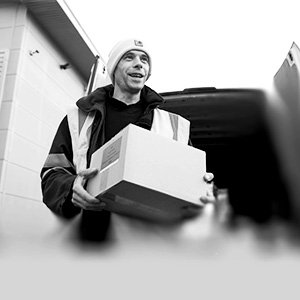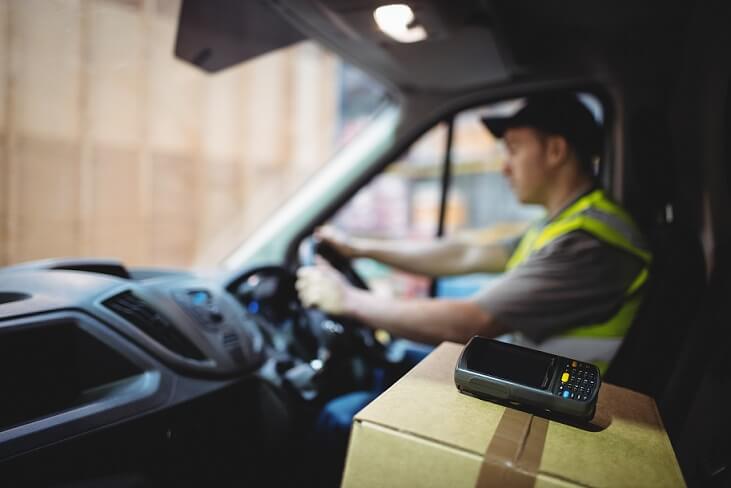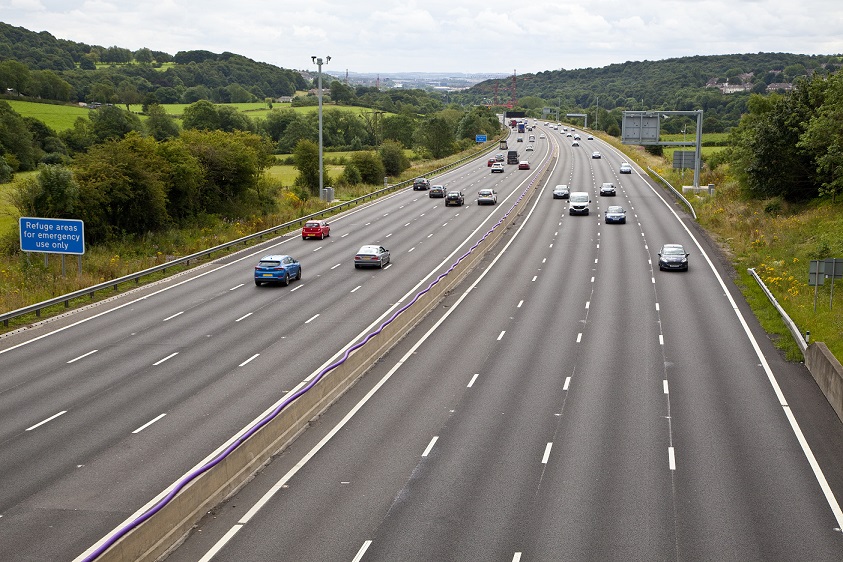Self-driving vehicles have been tested on UK roads for a while now and that doesn’t look set to change. By 2021 Ford, Volvo and Uber all plan to develop their own fleet of autonomous taxis, bringing this futuristic way of getting from A to B closer than we thought.
As providers of taxi insurance we thought it important to understand the levels of autonomy and what passengers can expect from these innovative taxi rides – which is convenient because that’s exactly what this blog is about.
What is an autonomous vehicle?
There are many levels of autonomy and the definitions are not always clear. This is due to the National Highway Safety Administration (NHSTA) and Society of Automotive Engineers (SAE) having slightly different opinions.
But when it comes to most autonomous vehicles available at the moment they sit at Level 2 or 3 – that’s ‘Autopilot’ to you and me. Although there is one exception – Google’s driverless car which is attempting Level 4 – no human required!
So, which companies are developing autonomous vehicles – let’s take a look…
Uber’s Autonomous Taxis
Working with Volvo, Uber are set to test their self-driving taxis this month in Pittsburgh. Even though the vehicles will be manned (as the law dictates) the car will be doing most of the work. But if the test goes well Uber drivers may be replaced.
For passengers, not much will change; booking will remain the same and so will paying. The only difference is there will be no driver.
Ford’s Autonomous Ride-Sharing Taxi Fleets
With Ford’s new status as a technology company rather than a car manufacturer it’s no surprise they’re aiming to produce autonomous cars. Unlike Uber, Ford will be jumping in with both feet at Level Four autonomy.
And they’re wasting no time as they secure their partnership with Baidu and invest $150million in light detection and ranging technology. If all goes to plan we should see the Ford vehicles on our roads from 2021.
The Robot Taxis of the Tokyo Olympics
After the travel chaos of the Rio Olympics, Tokyo is determined to make travelling to the Olympic Village as simple as possible. Not by providing regular buses or more taxis but by using robots.
A fleet of robot operated taxis has been in the pipeline since November 2015. It is the first step in helping to revive the Japanese economy. What makes the technology so accessible is that it’s not brand specific and can therefore be used by many car manufacturers.
Airbus and Autonomous Flying Taxis – CityAirbus
Perhaps the most futuristic of all – CityAirbus; self-driving flying taxis!
Now if you’re wary of autonomous vehicles on the ground the thought of flying cars may turn your stomach. However when you stop and think about it ‘Autopilot’ has been used in planes for many years, plus there are less obstructions, so maybe the skies are more suited to autonomous vehicles.
What may surprise you is that the first prototype is due for release in 2017.
The Pros and Cons of Autonomous Taxis
There are some who are wary of autonomous technology (as you can imagine when we still have computers that freeze and temperamental network signals) even though there are plenty of positive reasons why self-driving vehicles can be good for us;
- Less traffic
- Less pollution
- Safer Roads
Like with everything there are pros and cons to autonomous taxis. One of the issues manufacturers face at the moment is with ‘sense and avoid’ technology which still needs work. Another negative is that taxi drivers may find themselves jobless if the technology takes off.
Would you take a taxi ride with no driver? Or if you’re a taxi driver how do you feel about self-driving taxis taking your jobs? Join the conversation on Facebook and Twitter.










